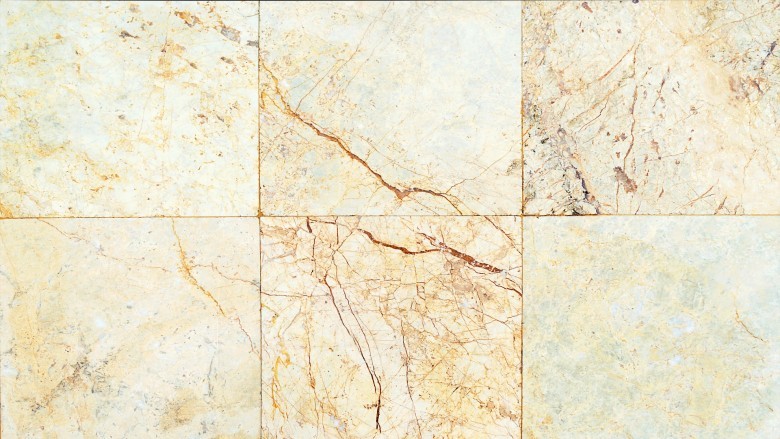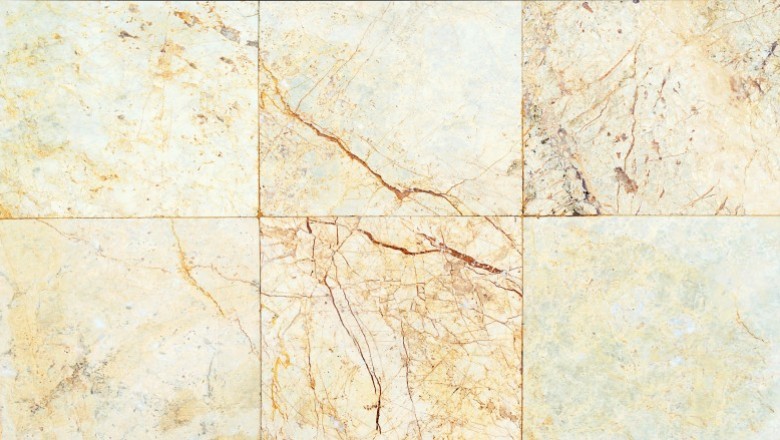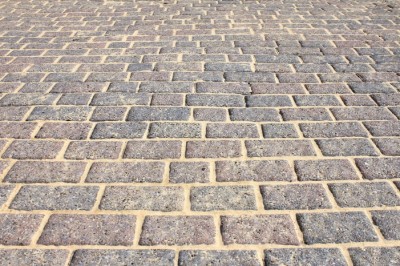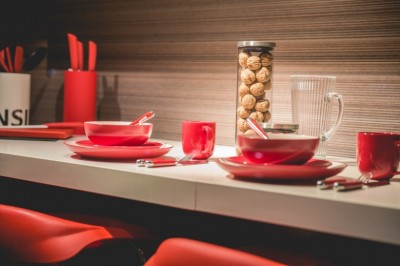
Cultured Marble Care and Cleaning Tips
Cultured marble resembles marble but is not actually marble. It is a manufactured item resembling marble. It is a molded composite made from stone dust and a binding polymer. The surface of the molded piece is given a very smooth finish by sanding and then coating with a gel coat which makes the surface waterproof and durable. The advantage of cultured marble over real marble and stone is that it can be molded into any shape. It is used for various types of
countertops, and bathroom vanity tops with the bowl integrated into it, which gives it a very sophisticated look. Usually it is less expensive but it can have more tensile strength than natural marble. Being manufactured by the molding process, cultured marble offers more design possibilities than the natural ones.
Another advantage is that when it is integrated with other items there are no ugly grout lines around those items and this gives item made from cultured marble a more sophisticated look. Although the surface is quite durable it can be scratched by abrasive materials and some chemical. Thus care is needed while using it. Here are some care and cleaning tips which will ensure that the cultured marble products used in your home retain their beauty and surface finish for a very long time.
The gel coat on the cultured marble items not only adds beauty and authenticity to the surface it also seals the surface making it waterproof. It prevents staining as well as growth of bacteria and mold. However this gel coat can get damaged by deep scratches, excessive scouring and cleaning with abrasive products, as the surface is only a superficial coating and does not go deep into the material. Damage and discoloration can also be caused by harsh chemicals, sprays and medicines used in the bathroom,. In many cases it even gets cigarette burn marks caused by careless smokers.
Nail polish remover (acetone) is one of the most notorious products that can cause harm to the surface. Thus care must be taken not to expose them to harsh chemicals and burning cigarettes that can harm the polyester resin used in the marble.For better protection, before you start using it, on the
marble, surface apply a coat or two of a product, available in hardware stores, called Gel-Gloss. You can also apply paste automotive polish or wax applied with a clean buffing cloth. When it loses its luster, the surface can be rewaxed or polished to restore it. The gel coat can get discolored or stained by soap dispensers, decorative objects, cups, etc., kept in one place for long, so they must be moved around. The surface should not be exposed to strong chemicals such as acids, oven cleaners, acetone based nail polish removers, paint thinners, chlorine bleach, hair color, etc, but if they are spilled on the surface accidentally it should be flushed immediately with clean water.
Do not use the surface to cut anything, as the cutting tool might cause deep scratches. Also dont place hot irons, cigarettes, curling irons and other hot items on the surface.Cultured marble should be cleaned regularly with a nonabrasive household cleaner like a mild detergent solution or window cleaner. Avoid using abrasive cleaners and scouring powders. For removing stubborn stains you can use a nylon scrubber but a metal scrubber should never be used as it will scratch the surface.
Ammonia based cleaners should also be avoided. Deep scratches need professional handling but light scratches can be removed by using a 600 grit sandpaper or hand buffing with a polishing compound. A final coat of Gel-Gloss or automotive polish will get it sparkling again. For very light scratches only a Gel-Gloss will be enough. Mineral and hard water deposits can be cleaned by using cleaners meant for removing calcium, iron and other mineral deposits but they should not be left in contact with the surface for long. Be sure to read the instructions on the label. Due to extremes of temperature caused by filling with hot and cold water crazing and cracking around the drain of the
vanity top. These start as small hairline cracks which grow larger over the years. This happens as the gel coat gets removed by exposure to extreme temperatures and use of abrasive cleaners. However this phenomenon appears after long years of use in newer basins.
It can be avoided altogether by mixing both the hot and cold water by turning them on at the same time. Also avoid tapping the bottom of the basin with a razor or other object to prevent crazing. With these care and cleaning tips your cultured marble products will remain attractive and give you many years of problem free service.

























